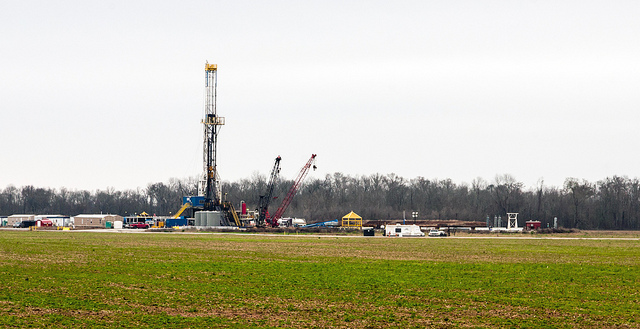
The EPA has released new ham-fisted and highly inaccurate set of White Papers regarding methane emissions from the oil and natural gas industry. As is to be expected, the EPA seeks to lower methane emissions from the industry by mercilessly regulating them, primarily going after methane emissions from the process of hydraulic fracturing. Undoubtedly the agency is grasping at straws after failing repeatedly to prohibitively regulate fracking. In a recent open letter to EPA officials, Senator James Inhofe has this to say:
“I have serious concerns with these White Papers. First, the White Papers demonstrate that EPA lacks a fundamental understanding of the industry’s practices and inner workings. They also reveal that EPA believes it has the capacity to actually help oil and natural gas companies operate more efficiently and profitably by mandating more guidelines and regulations; no regulatory body should have this perspective. Further, the White Papers are handicapped by inaccurate and outdated data estimates of industry-wide emissions. I have personally addressed this practice with Administrator McCarthy, yet the EPA’s use of faulty data persists and will yield nothing but inappropriate policy discussion and decisions by the agency. I urge the EPA to gather more information, revise the White Papers, and allow and official, robust comment period prior to engaging in any policymaking discussion that could impact the oil and natural gas industry.”
As Inhofe points out, the EPA even goes so far as to mis-define and misuse industry terms in order to help make the rate of emissions seem worse, such as by putting leaks, venting, and normal emissions all under the category of “leaks”.
“The same White Paper also inappropriately, and quite causally, labels unconventional resource development as hydraulic fracturing. Hydraulic fracturing is a specific component of the completion process of many unconventional oil and natural gas wells; however, it cannot be used to refer to the entire process. It is also unclear whether EPA wants to use the data on methane emissions from the completion process to address new sources, existing sources, or recompletions. EPA’s definition of what actually constitutes a “leak” also needs revision; it is unclear whether the EPA is referring to leaking, venting, or normal emissions because all are referred to by EPA as leaks.
A lack of clarity over definitions raises questions about whether data sets within the White Papers overlap one another. If they do, it raises questions about EPA’s policymaking intent and whether it is interested in sound policy development or if it has predetermined to regulate methane and is simply building a case to do so, however crude it may be. EPA must revise its White Papers to reconcile any data overlaps and work with industry to clarify misunderstandings about standard industry practices.”
Inhofe hits the nail on the head: It really is hard to believe that the EPA is trying to create good policy when their own White Papers are full of inaccuracies that they’ve been informed of time and time again.

